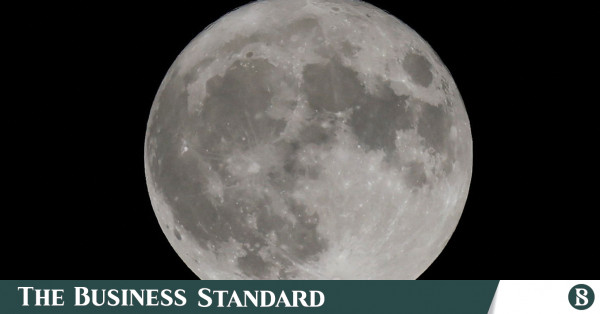
The biggest and brightest moon of the year – super blue moon – will be visible on Wednesday and Thursday from around the globe.
It will be a rare opportunity to witness the phenomenon, with the last occurrence being in 2009, reports BBC.
A blue moon happens when the yearly pattern of lunar cycles results in 13 full moons instead of the typical 12.
This particular blue moon is also referred to as a supermoon due to its proximity to earth, making it appear larger and more luminous than usual within its orbit.
However, anyone hoping to see the moon tinged with the colour blue will be disappointed. The term “blue Moon” has no relation to colour. Rather, it is called so because it does not conform to the usual naming scheme of moons.
A full moon usually occurs once a month, meaning that an average year has 12. But the phases of the moon actually take 29.5 days to complete, or 354 days for 12 cycles. That falls short of the 365/366 days in a calendar year, so roughly every two and half years, a 13th full moon can be seen.
The last blue moon was seen in August 2021 and the next one will be in 2026.
But the combination of a blue moon and a supermoon is much rarer and we will have to wait until 2037 to see it again.
No specialised tools, such as a telescope, is required to witness this phenomenon. Simply direct your gaze towards the sky.
This post was originally published on this site be sure to check out more of their content.





